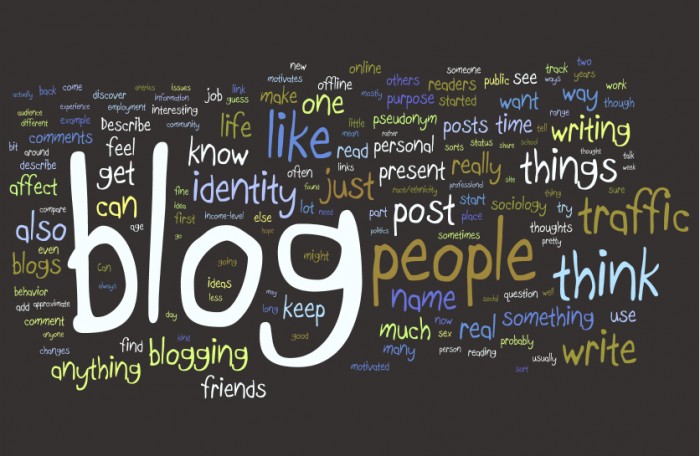How To Format Blog Posts For Readability

So here’s a question for you to ponder over for a moment: do you think the way a blog post is formatted will affect the amount of time someone will spend reading it?
Those new to the world of blogging often think of it as simply writing what they want the way they want it. However, blogging — great blogging — is much more than just pounding out words and publishing it to the web.
I find myself telling people that blogging is a writing genre that has rules that apply to it which are different than traditional writing. The mindset of someone reading a blog post is very different from that sitting back and reading a novel or e-book, and they expect to see a certain style to the formatting of blog posts.
This formatting style makes it easy to both mentally and visually digest the information on the page no matter what the screen size is. And failing to stick to this style can lead to a high bounce rate on your site.
Formatting your blog post for optimal readability will be one of the best things you spent the time doing for your blog and audience. Thankfully, it’s not complicated.
How To Format A Blog Post

Formatting an article for the web comes down to breaking up your content in a way that makes it easy to read, easy to follow and continually captivate your readers’ attention to prompt them to continue reading your blog.
Here are some guidelines for helping you style your post to do just that.
Headings
Always season your post with headings and subtitles.
This tells your audience the direction that the post is heading and is sort of a like an attention reset button so that they stay engaged on the topic you’ve written.
Paragraph Size
You’ve heard that bigger is always better. That’s not the case with your paragraphs. A good rule of thumb is to never make a paragraph more than 4 sentences long.
Often times, less is better. This makes it easy to take in the information on screens both large and small.
If there is a sentence that you really want to stand out, then letting it stand as its own mini paragraph is okay too.
Bullet Points
Why are bullet points important? It’s simple:
- They break up your post into super simple, easy to swallow information
- It makes it easier to remember what is being said
- They tell the brain to pay attention
You don’t need to go crazy with using these, but it’s good to use them to summarizes main points and things of that nature.
Captivating Images
Some people can create such great information that they hardly ever need to use images to get people to gobble up what they’re serving. I, however, am of the supporting argument to use captivating images whenever they fit into the topic.
We are very visual people so using photos that relate to the topic at hand or that relate to the heading in our post is a great way to help keep from jumping ship.
How To Be Sure Your Post Is Optimized
Even if you follow these basic guidelines, how can you be sure that you’ve done things right? Well, there are actually tools to help you with this.
One such tool is the WordPress plugin, Word Stats. This handy plugin will measure your posts which help you gauge whether your post is optimized and you can adjust accordingly.
Don’t want to use a plugin? Then there’s a handy online tool called Readability Score that lets you enter your text or a URL to figure out how your post stacks up.
Must read: How to Generate Blog Post Ideas (A Beginner’s Guide)
Image by Kristina B under CC BY-NC-ND 2.0 License.

Leave a Reply